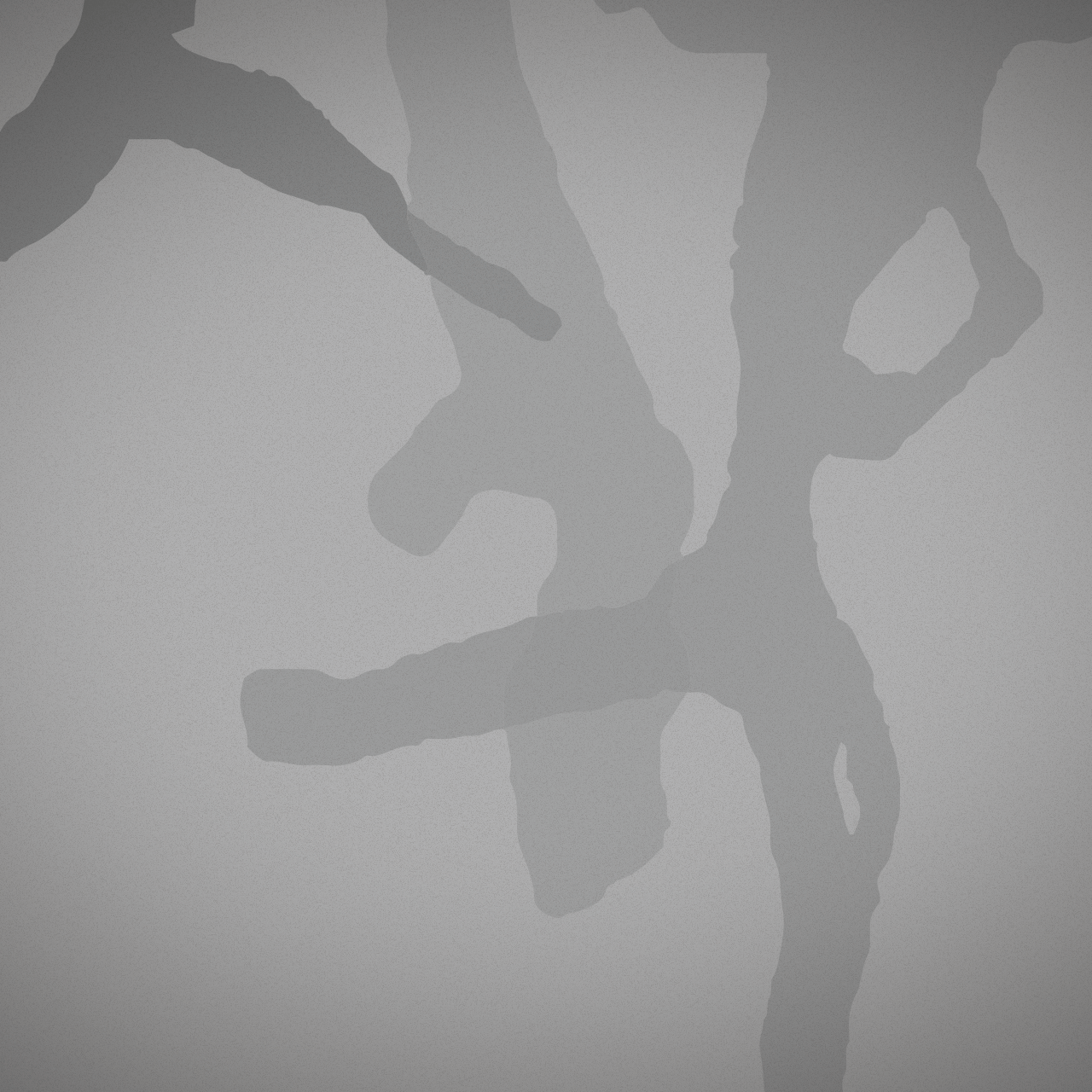June 14, 2013

June 14 - The Last Workshop - Julie, Mirae and Hailey
We spoke about the totality of our experience leading workshops for the past couple of months. Recurring themes that we all recognized are the changing nature of needs, the diversity of the creative impulses expressed and the ebbing and flowing of new and old participants. Karen remembered something one veteran participant once said about the creative process in community: “Our clay is lumpy”. This seems to be a recognition of the existence of an artistic medium and a lighthearted understanding of the context within which we work. The instinct for collaboration continues to live in the place of not holding on to a particular vision but rather seeing, feeling, hearing how the clay is each day.
In these past couple of months of experimenting with the material we have learned from Karen as well as incorporating our own bases of knowledge, we noticed a learning arc. At the beginning our goal tended towards keeping the continuity in terms of what we facilitated. In the middle, once we felt more solid as facilitators, we got excited about how much we could share in each session and were drawn to filling each workshop with a dense amount of exercises and practices. At the end, we essentialized the material to make more space for creative time and space for performance and sharing. We also noticed that at the end, the participants mainly consisted of the core group.
In our last session we noticed a couple of things about how each participant likes to be led into creative process. One participant enjoyed working one on one and having the freedom to follow her own instincts. Another participant wanted to be good student. We recognized that sometimes learning something and succeeding at it is the right thing. Julie expressed concern about the power of suggestion and the role of facilitator having too much effect on the dancer. We discussed the learning of rules about facilitation and about how these rules can constantly be made and unmade depending on the situation and participant. The scales can run anywhere on the gamut from directive to complete freedom. Karen expressed that in her experience if there is no direction often dance can tend towards literalism.
Community engaged work can most simply be described as the process of coming from where you are to where they are. As facilitators we work on flexibility in terms of process and method, but we are also tasked with not compromising our own integrity. By coming from where we are we stay connected to that integrity, and by knowing the people we are sharing with we maintain a fluidity that is rooted in experience.
Julie remembered a moment of inspiration from the beginnings of her own training and how it has affected her own ideas about facilitation: “We just need to be acknowledged” (Barbara Dilley). Sometimes this can come through simply saying what we saw the participant do, though this need not be done in a group scenario but rather one on one.
We have noticed the culture of presence grow over the course of these workshops. The need to continue towards form through this experience of presence is imperative. Leading creative process was noted as an area we all want to continue to establish. It seems that the workshops in the DTES are community engaged and site specific in that we work towards populating the space both personally and transpersonally. The dance is intrinsically interactive and social.
Finally, we addressed the next phase of the dance in the DTES. We begin again in September. Karen will be facilitator and the group will be working up to performance. We spoke about how to include and serve both core group participants and participants who either drop in from time to time or that join near performance time (peripheral group). By structuring the work to include basic chorus material and more specific work that those who come more often can learn everyone can be empowered to developing their relationship to the performance.